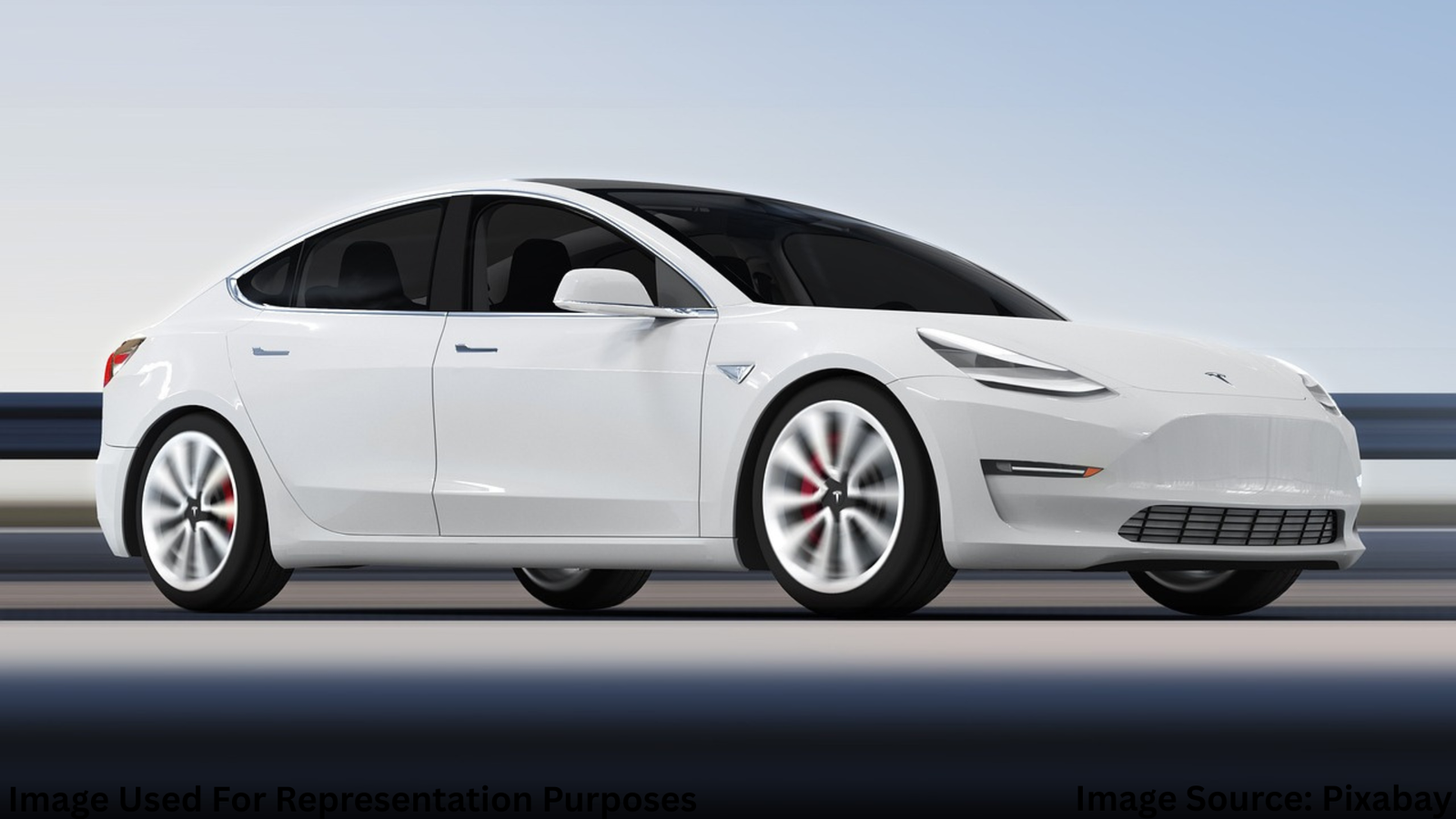
How Tesla’s Autopilot Works and the Safety Questions It Raises
Tesla Autopilot features and safety have been at the center of both praise and controversy since the system was first introduced. Marketed as one of the most advanced driver-assistance technologies available, Autopilot can control steering, acceleration, and braking in certain conditions. However, questions about its safety, limitations, and proper use continue to surface, especially as more drivers put the system to the test in real-world conditions.
What Is Tesla Autopilot?
Autopilot is Tesla’s branded suite of driver-assistance features. While often misunderstood as a fully self-driving system, it is classified as a Level 2 system on the SAE automation scale—meaning the driver must remain engaged and responsible at all times.
The system combines adaptive cruise control, lane-keeping assistance, and traffic-aware navigation. In some situations, it can change lanes, navigate highway interchanges, and even park the car with minimal driver input.
Breaking Down the Features
- Traffic-Aware Cruise Control: Adjusts the car’s speed based on surrounding traffic.
- Autosteer: Keeps the vehicle centered within its lane.
- Navigate on Autopilot: Guides the car along a highway route, including lane changes.
- Autopark and Summon: Allows the car to park itself or move in and out of tight spaces.
These features combine to make driving more convenient, but they also require constant vigilance.
Safety Concerns and Public Perception
While Tesla Autopilot has been credited with reducing driver fatigue and potentially preventing accidents, it has also been involved in several high-profile crashes. This has led to heightened scrutiny from safety regulators, including the National Highway Traffic Safety Administration (NHTSA) and the National Transportation Safety Board (NTSB).
Critics argue that the system’s branding may lead some drivers to overestimate its capabilities, resulting in misuse. Supporters counter that when used as intended, Autopilot can enhance safety and reduce human error.
Notable Incidents
Several accidents involving Autopilot have sparked public debate. In many cases, investigations revealed that drivers were not paying attention or had removed their hands from the steering wheel for extended periods. Tesla maintains that the system is designed to alert drivers if their hands are off the wheel for too long and will eventually disengage if ignored.
Tesla’s Safety Measures
To address safety concerns, Tesla includes multiple layers of driver engagement monitoring. These include torque sensors on the steering wheel and, in newer models, in-cabin cameras that track driver attention.
Software updates are frequently rolled out over-the-air to improve performance and address safety issues. For example, recent updates have refined hazard detection and adjusted how quickly the system alerts inattentive drivers.
Expert Opinions
According to safety analyst Karen Lopez, “Tesla’s technology is impressive, but it’s important for drivers to remember that this is driver-assistance, not driver-replacement. Misuse is where the risk lies.”
Real-World Experiences
Many Tesla owners report positive experiences with Autopilot, especially for long highway drives. John, a Model Y owner from Nevada, says, “It makes road trips far less tiring. I still keep my hands on the wheel, but it handles most of the small adjustments for me.”
Others, however, admit to occasional overreliance, which can be dangerous if unexpected road conditions arise.
The Future of Tesla Autopilot
Tesla continues to develop its Full Self-Driving (FSD) system, which builds on Autopilot’s features to aim for higher levels of automation. However, FSD is still in beta testing and faces its own set of safety and regulatory hurdles.
As technology advances, Tesla Autopilot will likely become more capable. Yet, the Tesla Autopilot features and safety discussion will remain focused on balancing convenience with driver responsibility.
Tips for Safe Use
- Always keep your hands on the wheel and eyes on the road.
- Familiarize yourself with Autopilot’s capabilities and limits.
- Respond immediately to any system alerts.
- Use Autopilot primarily in suitable conditions, such as highways with clear lane markings.
Conclusion: A Technological Milestone with Ongoing Debate
The phrase Tesla Autopilot features and safety encapsulates both the potential and the risks of modern driver-assistance systems. While it offers remarkable convenience and could pave the way for safer roads, its success depends heavily on informed and attentive use. As the automotive industry moves toward more automation, Tesla’s approach will remain a focal point in discussions about the future of driving.

Akalumhe Jefferson is a content writer with a new found interest for crafting engaging stories that transport readers to new worlds. Although no current actual background in creative writing but there’s active love for writing



